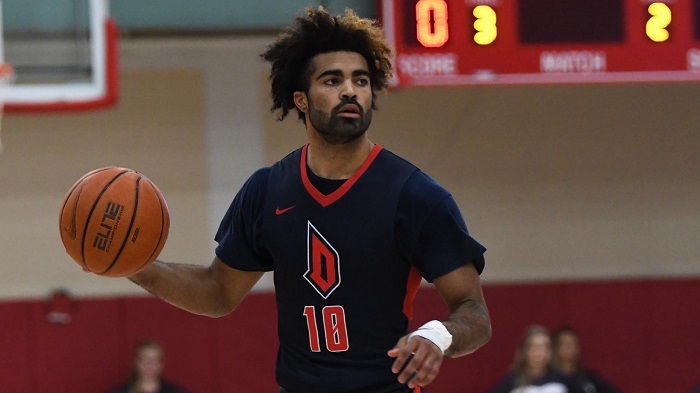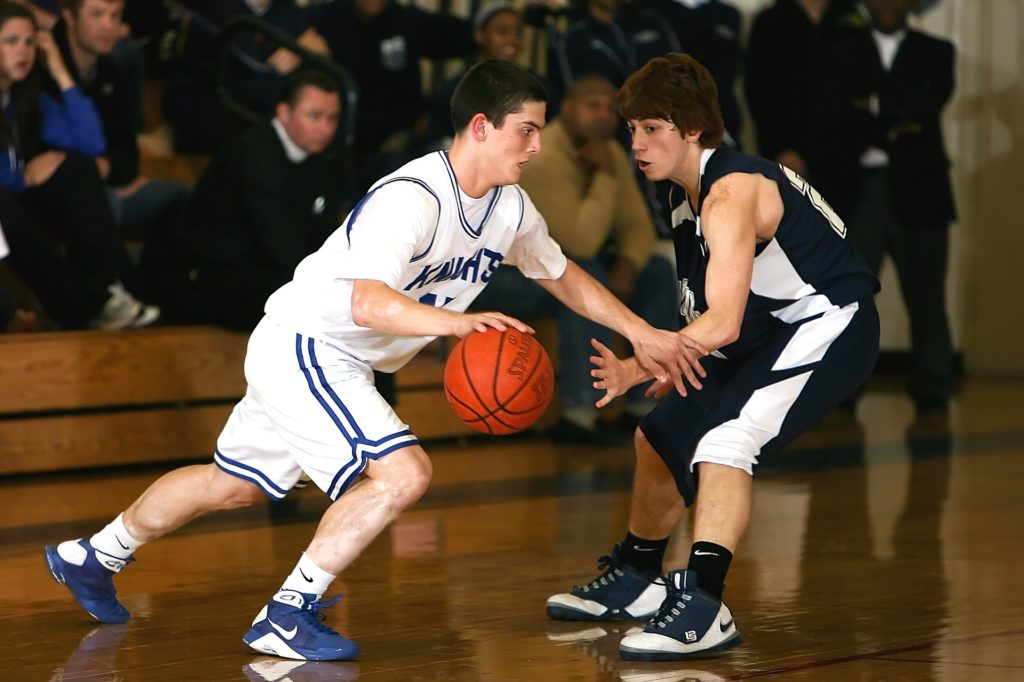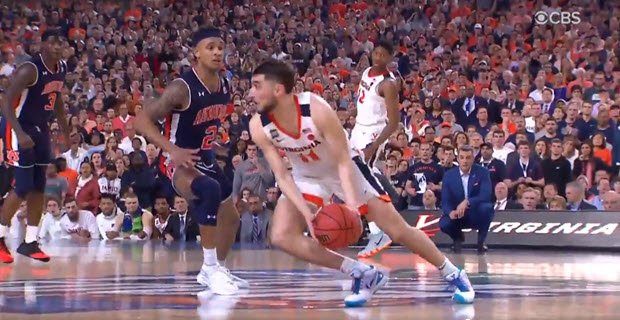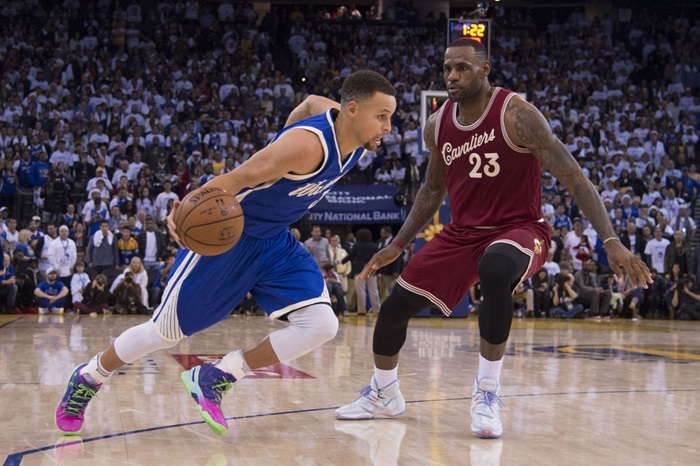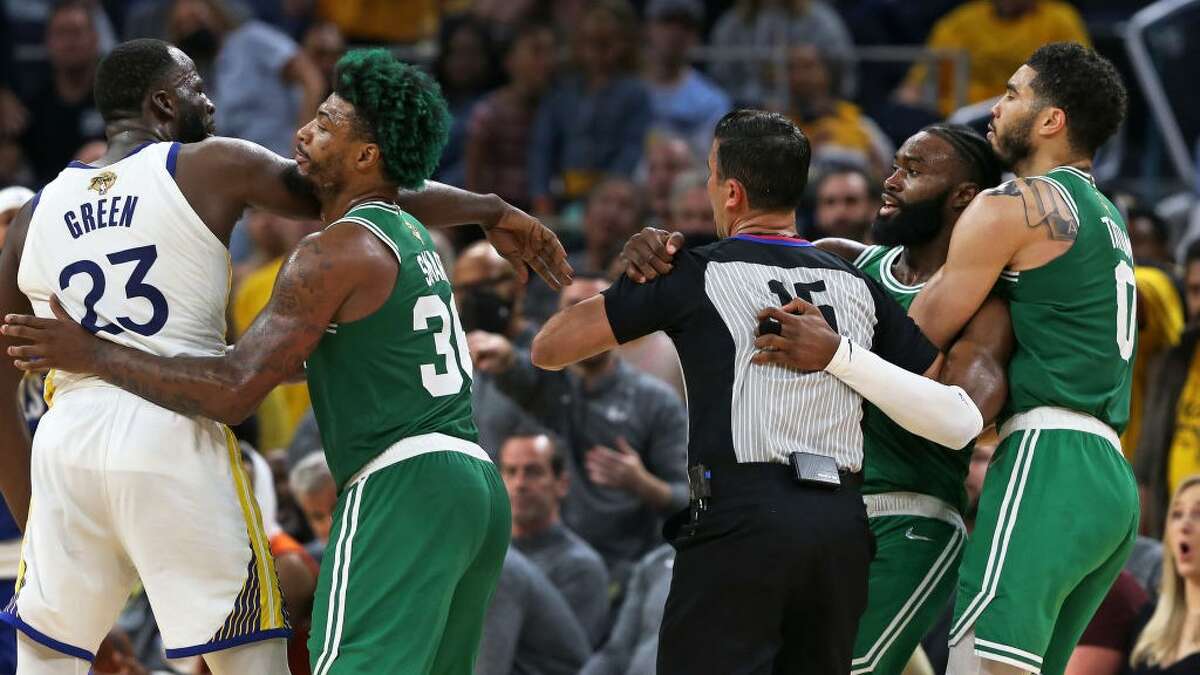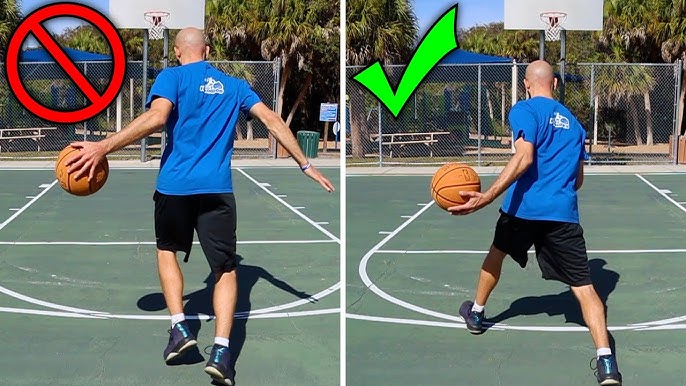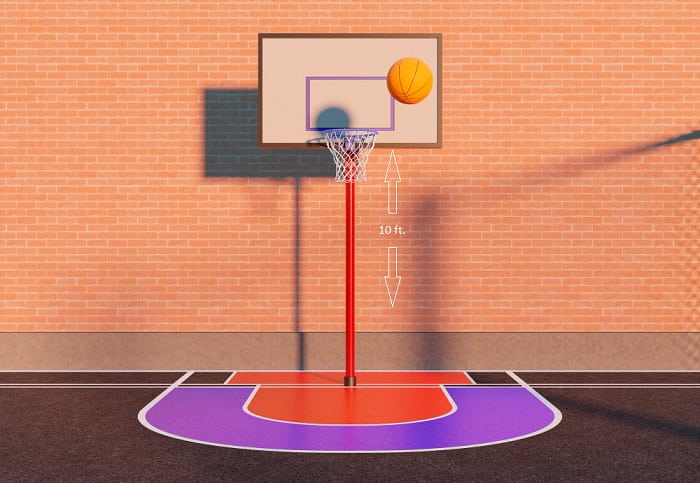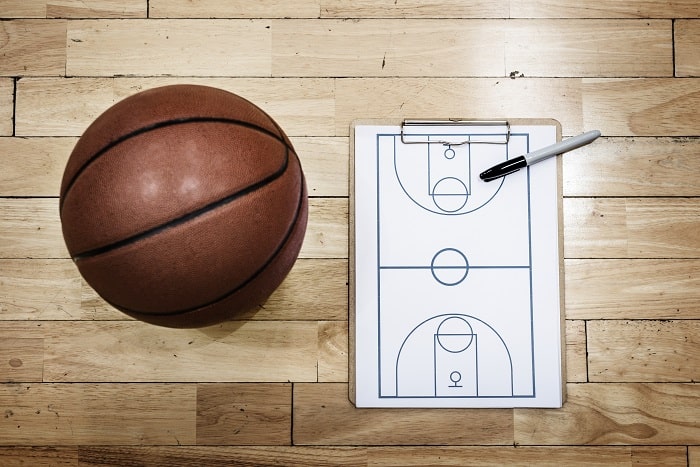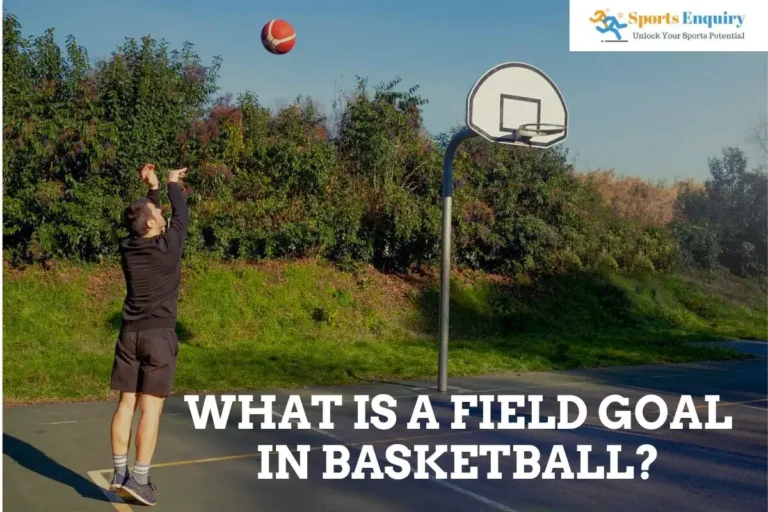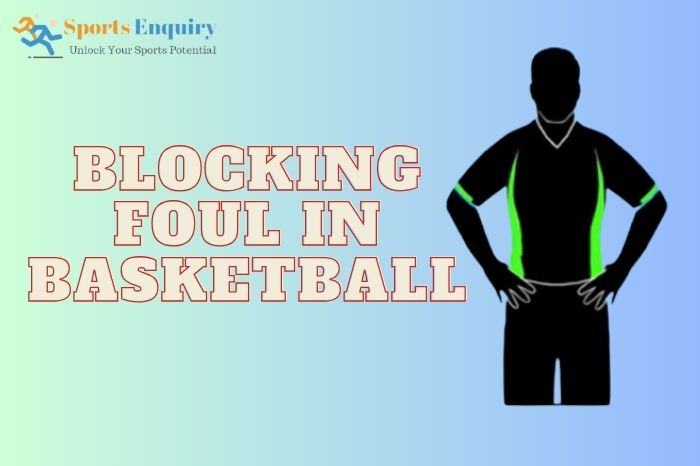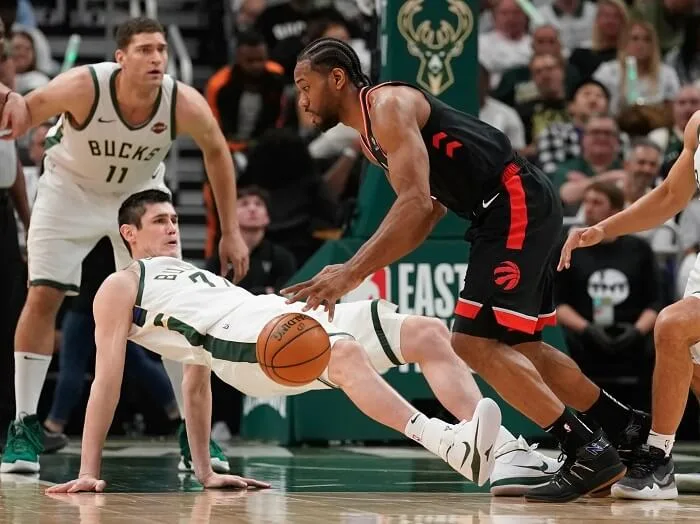What is a Carry in Basketball?
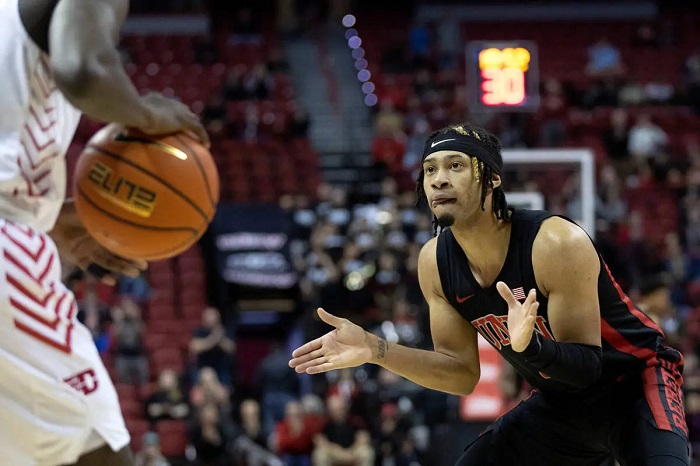
Basketball is a super fun game with rules that keep things fair. One important rule is about “carrying” the ball. Imagine players dribbling the ball as they run – bouncing it to move around. Well, carrying happens when a player doesn’t bounce the ball properly. They might hold it too long, which isn’t fair.
Dribbling is like a dance between the player and the ball. It helps players move fast and avoid opponents. But carrying gives an unfair advantage. So, to keep things fair and exciting, there are rules against it.
Think of carrying as a no-no in basketball. Players should dribble the right way – bouncing, not holding. This rule is a big deal because it makes the game fair for everyone.
Now you know what carrying is and why it matters. It’s a small rule that makes a big difference in the game. So, next time you watch basketball, you’ll spot the cool moves and understand the rules that make the game awesome!
What is Carrying in Basketball?
The carry violation occurs when a player, while dribbling, momentarily stops or pauses the ball’s movement by allowing it to come to a rest in their hand. This act deviates from the fundamental principle of dribbling, which involves continuously tapping or bouncing the ball to maintain control while moving around the court. Dribbling is a crucial aspect of basketball, enabling players to maneuver past defenders, create scoring opportunities, and maintain possession of the ball.
Types of Carrying Violations in Basketball
In the dynamic world of basketball, mastering ball control is a critical skill. Dribbling, the art of bouncing the ball while moving, is a core technique players use to navigate the court. However, within the realm of dribbling, there exist different scenarios that can lead to carrying violations. Let’s delve into the various types of carrying violations in basketball and understand how they impact the game.
1. Palming or Carrying
This is the most common type of carrying violation. It occurs when a player allows the ball to come to rest in their hand during dribbling, giving the appearance of “palming” or “carrying” the ball. This motion deviates from the standard continuous bouncing of the ball and provides an unfair advantage to the player by enhancing ball control.
2. Double Dribble
A double dribble occurs when a player starts dribbling, stops, and then starts dribbling again. This violation happens when a player interrupts their dribbling motion by briefly holding the ball with both hands or letting it come to a rest and then resumes dribbling. This type of violation often leads to turnovers, as it signifies a loss of possession.
3. Traveling with Carrying
Traveling is a separate violation that can coincide with carrying. It occurs when a player walks or moves without dribbling, or when they shift their pivot foot unlawfully. Often, carrying during a travel arises when a player tries to move with the ball while maintaining control in an improper way. For instance, gripping the ball too tightly for a moment during the travel can lead to this violation.
4. Excessive Ball Control
This type of carrying violation relates to players using exaggerated hand and arm movements while dribbling. Players might use their palm or fingers excessively to guide the ball, effectively gaining an advantage by manipulating its trajectory. This leads to a loss of fluidity in the dribble and is considered a violation.
Evolution of Carrying Violations in Basketball
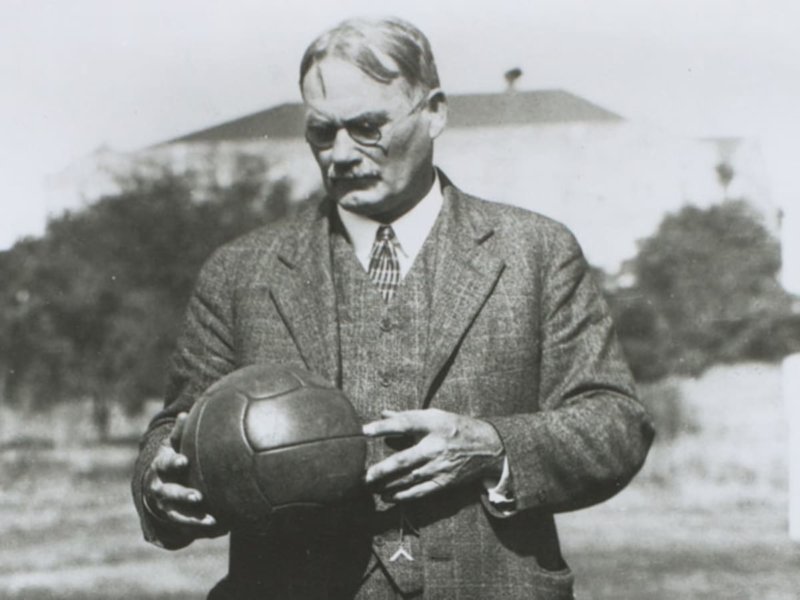
Since basketball’s inception in 1891 by Dr. James Naismith, the handling of the ball has transformed. Early days saw experimentation, with players using various techniques. By the mid-20th century, stricter rules emerged, emphasizing proper dribbling. This trend expanded globally, with leagues like NBA, FIBA, and NCAA enforcing uniform rules. Referees were trained to maintain consistency.
This evolution impacted both gameplay and player development. Skills became refined, with players mastering precise dribbling techniques. Coaches stressed rule adherence, fostering fair competition and individual growth.
Carrying violation’s historical journey signifies basketball’s commitment to fairness and growth. It’s a testament to the game’s enduring spirit, adapting while honoring its roots.
Impact of Carrying on Basketball Gameplay
Carrying, a violation that occurs when a player momentarily halts the ball’s movement while dribbling, significantly influences the dynamics of basketball gameplay. This seemingly small action has far-reaching consequences that alter player strategies, defensive approaches, and overall game flow. Let’s explore how carrying impacts the game of basketball:
1. Unfair Advantage
When a player carries the ball, they gain increased control over its movement. This advantage allows them to perform intricate maneuvers that would be challenging during proper dribbling. This imbalance creates an inequitable playing field, as certain players can exploit carrying to their benefit.
2. Defensive Challenge
Defenders are accustomed to responding to the consistent rhythm of proper dribbling. When a player carries the ball, defenders’ timing and positioning are disrupted. This can lead to defensive breakdowns and open opportunities for the offensive side.
3. Game Flow Disruption
Carrying violations interrupt the fluidity of the game. When a player’s movement is halted due to carrying, it stalls offensive plays and disrupts the natural ebb and flow of the match. This can lead to turnovers and missed scoring chances.
4. Strategy Adjustment
Teams often adapt their strategies based on the presence of carrying violations. Defenders might intensify their pressure on players known for carrying, attempting to force them into violations. On the offensive side, players may exploit defenders’ confusion caused by carrying, leading to advantageous scoring opportunities.
5. Emphasis on Skill Development
Carrying violations encourage players to focus on refining their dribbling skills. Proper dribbling involves maintaining ball control while in motion, enhancing agility and coordination. By adhering to dribbling rules, players enhance their ability to navigate the court effectively.
6. Competitive Balance
Enforcing the rule against carrying ensures that all players play by the same set of guidelines. This preserves the competitive balance of the game and prevents certain individuals from gaining an undue advantage due to improper ball handling.
Avoiding Carrying Violations in Basketball
To steer clear of carrying violations in basketball, focus on these simple techniques:
- Proper Dribbling: Use one hand with fingertips, not your palm, to keep the ball bouncing smoothly.
- Controlled Bouncing: Keep the ball’s bounce light and controlled, preventing it from stopping.
- Hand Position: Guide the ball with your fingertips on top to maintain control.
- Low Dribbles: Keep the ball close to the ground to avoid high bounces that lead to carrying.
- Smooth Moves: Move continuously and avoid sudden stops to keep the ball in motion.
- Practice: Regularly practice dribbling drills to build muscle memory and improve your skills.
- Stay Aware: Be mindful of your dribbling during games, especially when defenders pressure you.
- Get Feedback: Coaches and experienced players can offer valuable advice to enhance your dribbling technique.
Consequences of Team Violations in Basketball
When a team commits a violation in basketball, a few things can happen:
- Turnover: The team loses the ball to the other team.
- Game Flow Change: The rhythm of the game can shift.
- Shot Clock Reset: The offensive team gets a new shot clock.
- Free Throws: Fouls can lead to free throw opportunities.
- Awarding Points: Certain fouls can give the opponent points.
- Game Clock Adjustments: Some violations affect the game clock.
- Strategic Changes: Teams adjust tactics based on the violation.
Comparisons with Other Violations
While carrying violations pertain specifically to dribbling, they share similarities with other rule infractions such as double dribble and traveling. Each violation has distinct characteristics, yet they collectively underscore the importance of maintaining consistent rules and upholding the integrity of the game.
What is the new carry rule in the NBA?
The rule you described pertains to restricting carrying the ball or double dribbling in the NBA. According to this rule:
- Once players start dribbling the ball, they can’t stop and then start dribbling again. It has to be continuous.
- While dribbling, a player cannot place any part of their hand under the ball, nor can they either (1) move it from one spot to another or (2) stop and then start dribbling again.
These rules exist to uphold the game’s fairness and prevent players from getting an unfair advantage by carrying the ball or double-dribbling. They ensure that dribbling stays a continuous and controlled part of the game.
Conclusion
The carry violation in basketball transcends its technical definition; it symbolizes the sport’s commitment to fair play, skill development, and competitive balance. As basketball continues to evolve, so too will the rules and their enforcement. By understanding the impact of carrying violations, players, coaches, and fans alike can appreciate the intricacies of dribbling and its essential role in the game’s vibrant tapestry.

I’m James Ritter, a sports enthusiast. I’ve played sports since school, and now I enjoy writing about them. My goal is to inspire aspiring athletes through stories of success and determination. I believe anyone can achieve greatness with the right guidance. I aim to make a positive impact on the sports community by sharing stories and insights, connecting my love for sports and writing. Join me on this journey of inspiration for all sports lovers.

